
Radiation Oncology
Latest News
Latest Videos

More News

Retrospective data may offer actionable guidance for clinicians treating patients with non–small cell lung cancer and brain metastases.

James B. Yu, MD, MHS, FASTRO, didn’t always envision himself as a radiation oncologist, but now works tirelessly to treat patients and advance research for genitourinary cancers.
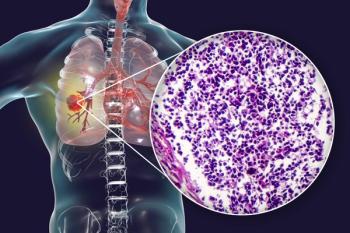
Factors such as World Health Organization status appeared to correlate with early mortality in an elderly non–small cell lung cancer cohort.
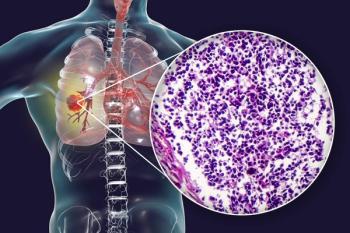
Radiotherapy plus camrelizumab and platinum-doublet chemotherapy showed manageable toxicity in untreated non–small cell lung cancer with brain metastases.

Data support cetuximab/radiotherapy as a suitable option in carefully selected patients with HPV-negative squamous cell carcinoma of the head and neck.
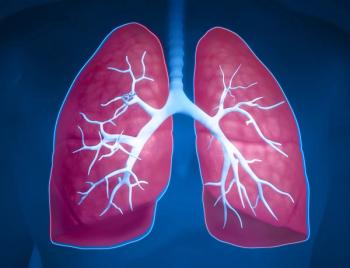
A single-arm phase 2 study assessed local consolidative therapy regimens in patients with oligometastatic stage IV non–small cell lung carcinoma.

Although not hitting its primary end point, a phase 2 trial showed that SBRT plus concurrent radiotherapy improved on results elicited in other trials.

Data from the phase 3 OPERA trial support contact X-ray brachytherapy boost as a treatment option for preserving organs in smaller rectal adenocarcinoma tumors.
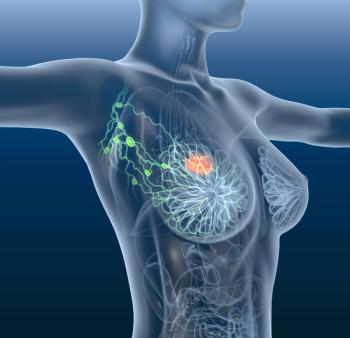
Analysis of NRG/RTOG 9804 and E5194 trials found tamoxifen significantly reduced invasive ipsilateral breast recurrence in patients with “good risk” DCIS treated without RT.

Uterine transposition, a surgical approach preserving fertility by moving the uterus out of the radiation field, may improve gynecologic cancer outcomes.

Offering certain radiotherapy modalities based on disease burden may play a role in the outcomes of those with ES-SCLC, according to James Ninia, MD.

Study findings reveal that patients with breast cancer reported overall improvement in their experience when receiving reflexology plus radiotherapy.

Patients undergoing radiotherapy for breast cancer were offered 15-minute nurse-led reflexology sessions to increase energy and reduce stress and pain.

Raymond B. Mailhot, MD, MPH, discussed how radiation therapy can impact education and survivorship for pediatric survivors of brain tumors.
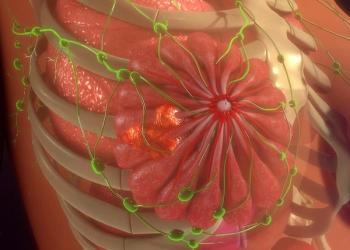
Bin Gui, MD, discussed how ultra-hypofractionated radiotherapy may be a convenient treatment option for elderly patients with early breast cancer.

Significant results from a retrospective analysis of brain tumor survivor academic performance after radiotherapy emerged despite small sampling size.

Findings may help providers and patients with head and neck cancer consider whether to proceed with radiotherapy modalities, such as proton therapy or IMRT.

Raymond B. Mailhot, MD, MPH, discussed methods for comparing academic performances of patients following radiation therapy with healthy control groups.

Study results appear to affirm anecdotal information from patients with head and neck cancer related to taste changes during and after radiotherapy.

Noah S. Kalman, MD, MBA, describes the rationale for using a test to measure granular details of taste change in patients undergoing radiotherapy for HNC.

No evidence indicates synergistic toxicity when combining radiation with CAR T-cell therapy in this population, according to Timothy Robinson, MD, PhD.

The addition of radiotherapy to CAR T-cell therapy may particularly benefit patients with localized disease, according to Timothy Robinson, MD, PhD.

Timothy Robinson, MD, PhD, discusses how radiation may play a role as bridging therapy to CAR T-cell therapy for patients with relapsed/refractory DLBCL.

Results showed of the phase 3 ADRIATIC study found that treatment with durvalumab elicited similar radiation pneumonitis incidences vs placebo for LS-SCLC.

James Ninia, MD, discussed a phase 2/3 trial seeking to answer whether complete consolidation offers more benefit than incomplete consolidation in SCLC.




















































































